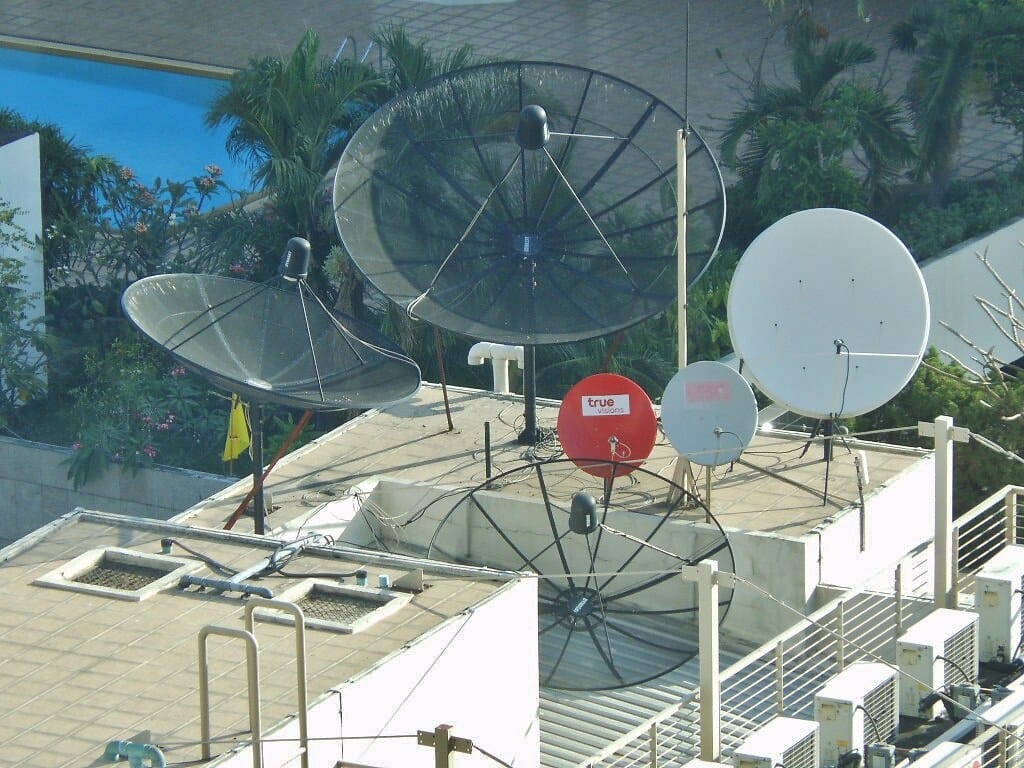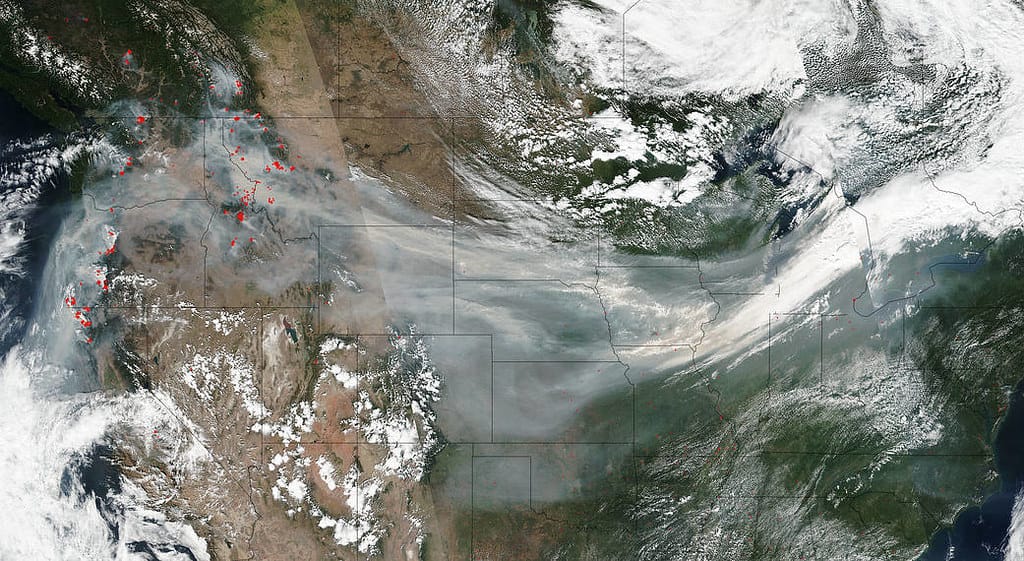T-Mobile and SpaceX Launch Game-Changing Satellite Service, Bringing Cell Coverage to America's Dead Zones
T-Mobile has officially activated its revolutionary "T-Satellite" service powered by SpaceX's Starlink constellation, marking a historic milestone in telecommunications that promises to eliminate cellular dead zones across the United States. The service, which began rolling out to select customers this week, represents the first commercial deployment of direct-to-smartphone satellite connectivity on a major U.S. carrier network.
Breaking Down the Satellite-to-Smartphone Revolution
The T-Satellite service leverages SpaceX's low-Earth orbit (LEO) Starlink satellites to provide basic cellular connectivity in areas where traditional cell towers cannot reach. Unlike previous satellite phone solutions that required bulky specialized equipment, this technology works with existing smartphones, requiring only a software update to access the service.
The partnership, first announced in August 2022, has overcome significant technical hurdles to beam cellular signals directly from space to unmodified mobile devices. The service initially supports text messaging and emergency communications, with voice calls and limited data services planned for future rollouts.
"This is not just an incremental improvement – it's a fundamental shift in how we think about cellular coverage," said Mike Sievert, T-Mobile's CEO, during the service launch announcement. "We're essentially turning satellites into cell towers in the sky."
Technical Marvel: How It Actually Works
The technology behind T-Satellite represents a significant engineering achievement. Traditional cellular networks operate on terrestrial towers with coverage areas measured in miles. Starlink satellites, orbiting approximately 340 miles above Earth, must overcome the challenge of much greater distances and constantly moving coverage areas.
SpaceX has equipped select Starlink satellites with specialized cellular payloads that can communicate directly with smartphones using standard cellular protocols. The satellites essentially act as floating cell towers, though with more limited capacity than their ground-based counterparts.
The service currently supports data speeds of up to 4 Mbps per satellite beam, which is shared among all users in that coverage area. While modest compared to 5G speeds, this bandwidth is sufficient for emergency communications and basic messaging services.
Real-World Impact: From Emergency Response to Rural Connectivity
The implications extend far beyond improved signal bars. Emergency responders and disaster relief organizations have already begun integrating T-Satellite capabilities into their communication protocols. During recent natural disasters, including Hurricane Helene and wildfire evacuations in California, early test users successfully maintained communication when terrestrial networks failed.
Rural communities stand to benefit significantly from the service. According to FCC data, approximately 21.3 million Americans lack access to fixed broadband, with cellular coverage gaps affecting millions more, particularly in mountainous and remote regions where traditional tower deployment is economically unfeasible.
The service has already proven valuable for industries operating in remote locations. Oil and gas companies, mining operations, and agricultural businesses report successful use of T-Satellite for basic communications and equipment monitoring in previously unreachable locations.
Market Competition and Industry Response
T-Mobile's satellite service launch intensifies competition in the emerging direct-to-device satellite market. Apple has offered basic satellite emergency messaging since 2022, while competitors like Verizon and AT&T are developing their own satellite partnerships.
Globalstar, AST SpaceMobile, and other satellite operators are racing to deploy similar services, potentially creating a new battleground in wireless communications. Industry analysts project the direct-to-device satellite market could reach $18 billion by 2030, driven by both consumer demand and regulatory requirements for emergency communications.
The service pricing starts at $25 per month as an add-on to existing T-Mobile plans, positioning it as a premium feature rather than a mainstream offering. However, T-Mobile has indicated plans to eventually include basic satellite connectivity in standard service packages.
Looking Ahead: The Future of Hybrid Networks
T-Mobile's satellite service represents the beginning of a fundamental shift toward hybrid terrestrial-satellite networks. As satellite constellations expand and technology improves, the distinction between ground-based and space-based cellular service may eventually disappear entirely.
The company plans to expand capabilities throughout 2024, adding voice calling and increased data speeds. Integration with IoT devices and autonomous vehicle communications represents potential future applications that could transform multiple industries.
The successful launch of T-Satellite service marks a pivotal moment in telecommunications history. By eliminating the final frontiers of cellular dead zones, this technology promises to make reliable communication truly universal across the United States, fundamentally changing how we stay connected in an increasingly mobile world.

